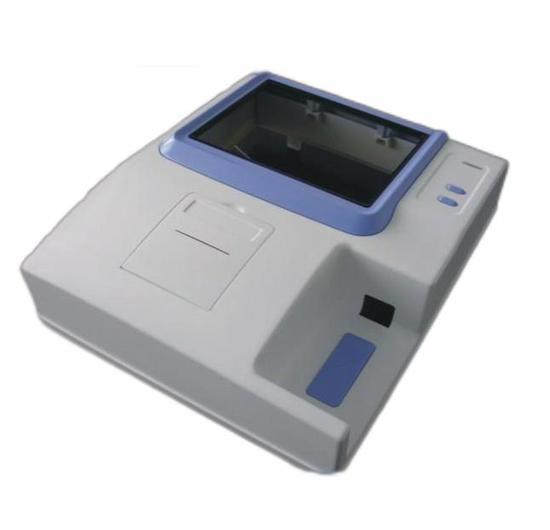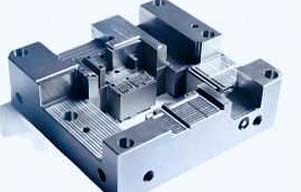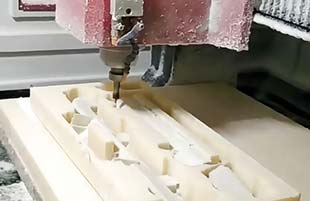Why Use CNC Machining to Create Rapid Prototypes
CNC machining is a very good processing method for manufacturing rapid prototype prototypes, and it is also the most commonly used processing method in the rapid prototype industry. Moreover, the current CNC machining technology is very mature, and the price of CNC equipment is not very expensive. Many factories can afford to buy several CNC machines. Small-scale factories can purchase smaller machines with a processing stroke of 300-500MM, large ones with 800-1000MM, and even some larger ones. Of course, the largest CNC machine tool is the gantry machine tool. This kind of machine is generally only purchased in special industries, and it is not necessary in the rapid prototype industry!
Things Need to Notice During Manufacturing CNC Prototyping
1. Appropriate Programming and Operation
(1) The size of the CNC prototype processing workpiece should correspond to the drawing, even if there is only a small gap, you need to ask the management for instructions.
(2) If the program is broken during CNC prototype processing, it is easy to make mistakes when changing the program, so it must be checked in time.
(3) If it is necessary to change the tool in CNC machining, the XYZ axis must be reset to zero while printing a single block. If the machining depth is not affected after the tool is changed, then the tool can be processed directly after turning the tool to the XYZ axis with the handwheel. If the machining depth may be affected after the tool is changed, the tool must be reset and then the three-axis is shaken to the zero position for machining. This step can be complex for novice operators, but it is an important skill in CNC machining operations.

2. Selection of Suitable Materials and Manufacturing Techniques
(1) For the rapid prototyping of conventional products, the most commonly used material is ABS. The ABS prototype is easy to CNC machines, and it is also easy to carry out post-processing. After the post-processing is completed, the appearance of the ABS prototype is more beautiful.
(2) For CNC Prototyping of high temperature resistant products, commonly used materials are (1) epoxy resin; (2) bakelite; (3) PC; (4) PA (nylon). Among these materials, the PC machined prototypes can be glued together, while the machined prototypes of the other three materials cannot be glued, and require integral molding machining.
(3) For CNC prototyping of wear-resistant products, POM or PA materials can be used. Neither POM prototype nor PA prototype can be bonded, and it needs to be machined into one piece.
(4) For CNC prototyping of high toughness products, PA or PP can be selected. Neither of these two materials can be bonded to the prototype, and it needs to be processed by one-piece machining.
(5) For CNC prototyping of transparent products, PMMA (acrylic), transparent ABS, and transparent PC are the preferred materials. The prototypes made of these materials, especially the PMMA machining prototypes and PC machining prototypes, have high transparency through high polishing, and can even achieve a transparent effect like glass.

3. Surface Treatment
Common surface treatment requirements of CNC prototype are painting, electroplating, sandblasting, silk screen printing, pad printing. And for the painting of CNC prototypes, there are generally several effects: smooth surface, matte surface, sand surface, transparent color, translucent color, fluorescent color, rubber oil and other effects.
YS Rapid is equipped with dozens of advanced CNC machines to support the production of CNC prototypes from various materials. We can machine rapid prototypes of various sizes and shapes, ranging from electronic precision prototypes, medical precision prototypes to large TV display prototypes, robots prototype, home appliance prototype, automobile prototype and so on. Sometimes, some prototypes have relatively high strength and sealing requirements, and these prototypes cannot be split for CNC machining and then glued together, but must be machined in one piece. We will machine them out in one piece according to customer requirements, but sometimes the cost will be higher.



 EN
EN
 ja
ja  ko
ko  fr
fr  de
de  es
es  it
it  pt
pt  ar
ar  tr
tr  iw
iw 








